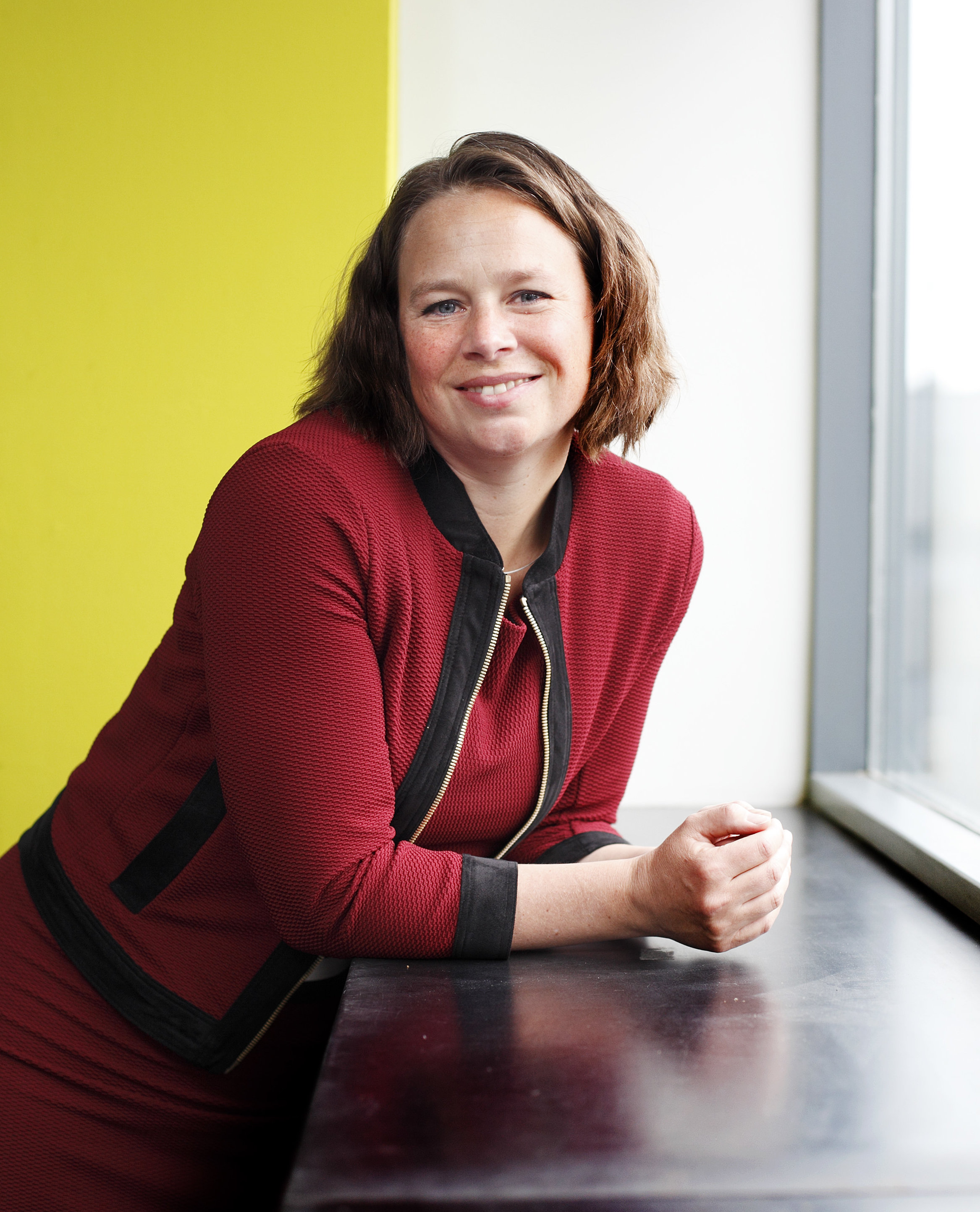Supporting heart patients with sensors and data
The idea of setting up a research program with Philips Design and the Hartstichting (Dutch Heart Foundation) to improve efficiency in care and prevention for patients with cardiovascular disease began just over two years ago. Last summer the ‘CardioLab’ was launched. Maaike Kleinsmann is director and lead researcher at the lab. Her goals with Cardiolab are ambitious.
Cardiovascular diseases are currently the most important cause of death. To reduce the number of people that die from a cardiovascular disease, earlier prevention is required. Improving how we monitor cardiac patients can help us to limit the negative consequences of the disease. CardioLab aims to contribute to this with smart, data-driven innovations that enhance the quality of life of cardiac patients and provide medical specialists and health-care providers with a better understanding of their patients’ condition.
CardioLab delivered its first tangible results in the shape of two student projects. Leonard Moonen’s graduation project is an example. He designed a product-service system for people suffering from atrial fibrillation, a kind of arrhythmia. In the early stages of this disease, the fibrillations are still rare. ‘At the moment, patients are only monitored for 24 to 48 hours. But because of this relatively short interval, there is a considerable chance of making a so called false negative measurement,’ says Maaike Kleinsmann. ‘So it even though it may seem as if nothing is wrong, the patient could already be quite ill. To solve this problem, Leonard designed an application that can identify atrial fibrillations with the aid of a PPG sensor on the upper arm. This device can carry out long-term measurements, which substantially increase the odds of recognising an abnormality.’ In the future, CardioLab also wants to gain a better understanding of what people were doing prior to a fibrillation, in order to provide the medical world with data that gives it more insight into the origin and development of cardiovascular disease.

Another example is Ally, another of CardioLab’s product-service combinations. ‘Ally was created to support people who run a great risk of having a stroke,’ Maaike explains. ‘It consists of a bracelet, an app and a pod that makes voice control possible. Ally monitors the patient and can alarm the patient, for example, when a patient is extremely stressed. Stress is a well-known risk factor for stroke because it increases blood pressure. The pod can then advise the patient to do relaxation exercises. Ally can also recognise the signals of a stroke based on the data that is measured through the bracelet. The pod can then carry out a few simple tests with the patient and see how the body reacts to that. If there are signs that something’s wrong, then Ally will make sure that an ambulance is called immediately and it will help the patient to stay calm.’
These student projects are examples of the smart product-service combinations that CardioLab aims to develop. But what is perhaps most innovating about the whole project from a scientific point of view is that these new product-service combinations require new design methods, because they generate an entirely new kind of data. ‘Industrial designers are by nature accustomed to looking at users.’ Maaike says. ‘That research is almost always qualitative, however. Smart systems, on the other hand, provide contextual data, derived from sensors that are placed for example on the body. This sheds light on changes occurring in the body over time, which other kinds of data collection are unable to discover simply because people are not aware of much of their behaviour. Sensors, on the other hand, do register all kinds of unconscious behaviour.’
‘Data are the input for services specifically targeting the needs of that single user. This means that designers have to be able to come up with flexible systems that can be adjusted to the needs of one person. CardioLab is interested in developing methods that will help designers achieve this. In addition, the joint input of all users generates data that can be used by other parties, such as doctors and nurses, to enhance their understanding of the development of certain diseases. Designers therefore have to know how handle this form of “big data”. They have to be able to build prototypes to collect data and set up tests to discover potential variables. And they have to be able to analyse the data and apply the results of their analysis. No design methods exist yet for this either. The above shows that there’s a need for new design methods. That’s why a PhD student will soon start to do research on data-driven designs and the design methods that are needed for this.’
In addition to these data-driven innovations, Maaike is also examining the collaboration within CardioLab itself. ‘If you want to create smart products and services for an environment as complex as the medical world, then you need to involve many parties. You’re trying to transform an extremely large system, namely the care of patients with cardiovascular disease. That system encompasses many perspectives: a cardiologist will look at the system in a different way than a patient. In these kinds of situations, designers have to gain support for their innovations and make sure that people understand what they’re working on. That’s called “collaborative design” and it’s something that has interested me for a long time. What’s innovating here is that the use of smart technology has led us to interact with new parties over long periods of time, which makes the collaboration exciting. So that’s another reason why CardioLab is such a special project for me.’